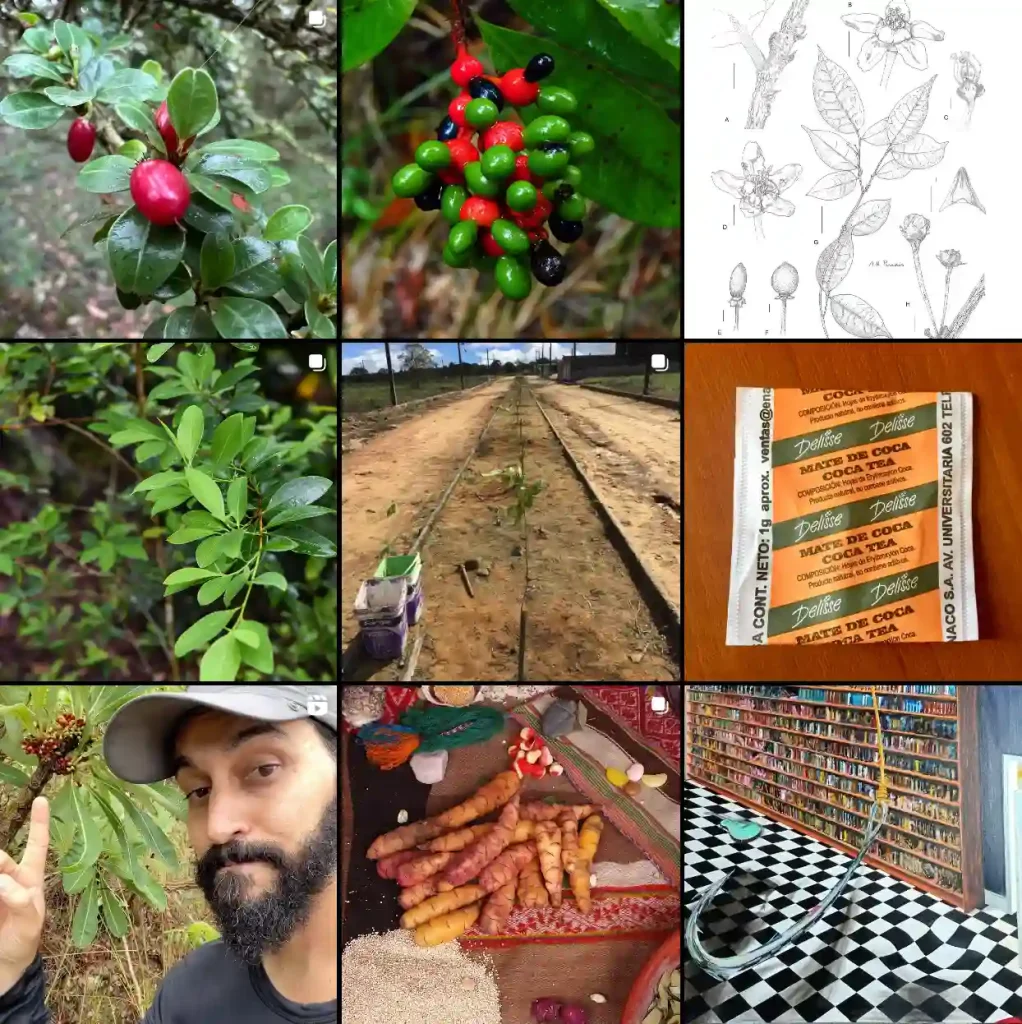
A Gardener’s Guide to Monarda bradburiana: A Fragrant Delight
For years, I’ve been captivated by the vibrant world of pollinators – the tireless bees, the flitting butterflies, the delicate hummingbirds. They bring life to the garden, and I, in turn, strive to create a haven for them. That’s where Monarda bradburiana, or Eastern Beebalm, entered my gardening journey.
This charming perennial has become a mainstay in my pollinator paradise. Its delicate beauty and irresistible fragrance make it a favorite not just for me, but for the buzzing and fluttering residents of my garden as well.
25 Species in Genus Monarda – Bee Balm
What is Monarda bradburiana?
Monarda bradburiana is a compact, clump-forming perennial native to the southeastern United States. Unlike its showier cousins, it boasts a softer side with pale pink to lavender flowers speckled with purple, clustered in delightful globes at the tops of its stems. The aromatic, gray-green leaves add another layer of interest, releasing a lemony scent when brushed.
While not as tall as other bee balms, reaching only 1 to 2 feet high, Monarda bradburiana makes up for it in its delightful fragrance and long bloom period, gracing the garden from late spring to early summer.
Monarda Bradburiana vs Fistulosa
When I compared Monarda Bradburiana and Monarda Fistulosa, I found that Bradburiana had a more compact and neat appearance, making it perfect for smaller garden spaces. In contrast, Fistulosa was taller and more sprawling, which I appreciated for adding a wild, natural touch to my larger garden beds. I loved the bright, vibrant colors of Fistulosa’s flowers, but Bradburiana’s subtle and varied shades offered a more refined aesthetic that suited my taste for a more controlled garden look.
Is Monarda bradburiana named after Bradbury?
This is a question that often piques the curiosity of gardeners. The answer? No, though the name does hold a touch of history. Monarda bradburiana is named after John Bradbury, an American naturalist who explored the southeastern United States in the early 19th century. It’s a fitting tribute, considering his contributions to our understanding of North American flora.
How to Care for Monarda bradburiana?
This easy-going perennial is a joy to have in the garden. Here’s what you need to know to keep your Monarda bradburiana thriving:
- Sunlight: Monarda bradburiana prefers full sun but can tolerate some afternoon shade, particularly in hotter climates.
- Soil: Well-drained soil is key. Amend your planting area with compost or other organic matter for optimal drainage and fertility.
- Watering: Water regularly, especially during the first growing season and hot, dry spells. Once established, Monarda bradburiana is fairly drought tolerant.
- Deadheading: To encourage continuous blooming, deadhead spent flowers by pinching them off just below the flower head.
How to Propagate Monarda bradburiana?
There are two main ways to propagate Monarda bradburiana:
- Division: In early spring or fall, carefully dig up established clumps and divide them with a sharp knife. Ensure each division has healthy roots and foliage. Replant in your desired location.
- Seed: Sow seeds indoors 6-8 weeks before the last frost. Once seedlings are established, transplant them outdoors to their permanent location.
What to Plant with Monarda bradburiana?
Monarda bradburiana’s soft colors and fragrant presence make it a versatile companion plant. Here are some ideas:
- Other perennials: Coneflowers (Echinacea purpurea), black-eyed Susans (Rudbeckia fulgida), and yarrows (Achillea millefolium) create a stunning summer display.
- Grasses: Ornamental grasses like feather reed grass (Calamagrostis acutiflora) or maiden grass (Miscanthus sinensis) add a textural contrast.
- Low-growing plants: Creeping phlox (Phlox subulata) or catmint (Nepeta x faassenii) fill in the gaps at the base of the Monarda bradburiana.
A Fragrant Reward
Monarda bradburiana offers more than just visual appeal. Its delightful lemon scent attracts a multitude of pollinators, making it a valuable addition to any pollinator garden. Watching butterflies flit between its blooms and the joyful hum of bees feasting on its nectar is a reward in itself.
So, if you’re looking for a charming, easy-care perennial that brings both beauty and fragrance to your garden, look no further than Monarda bradburiana. With its delightful blooms and dedication to pollinators, it’s sure to become a treasured addition to your own little haven.
If i die, water my plants!



